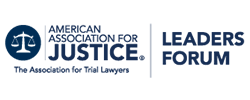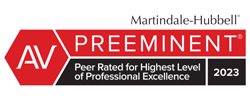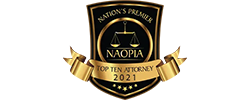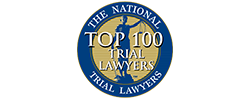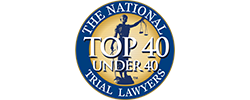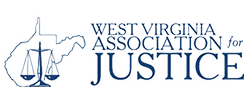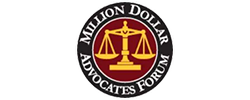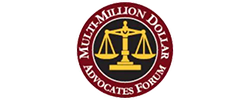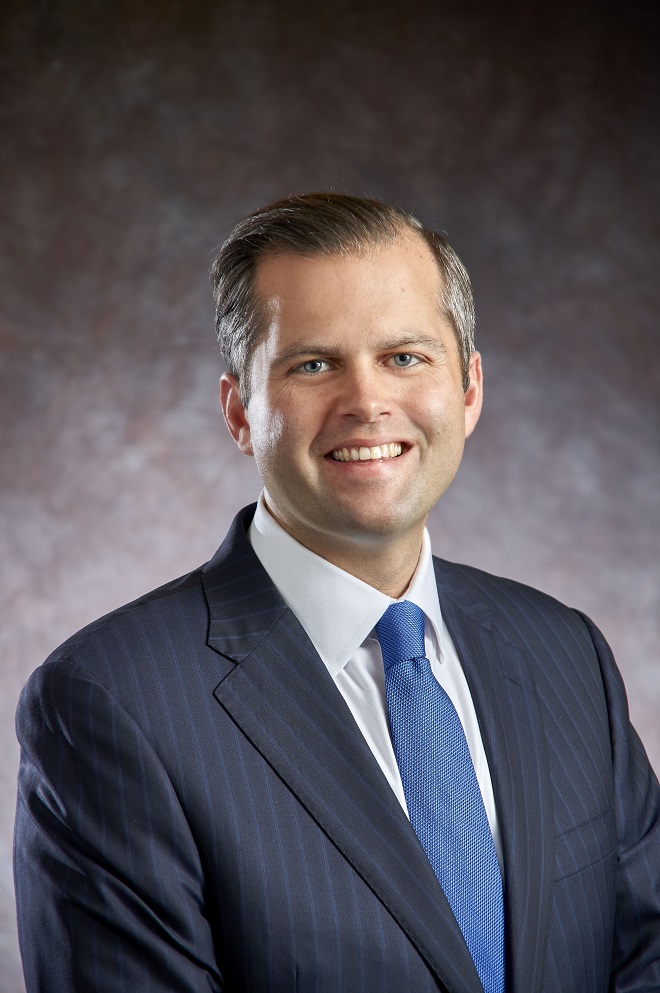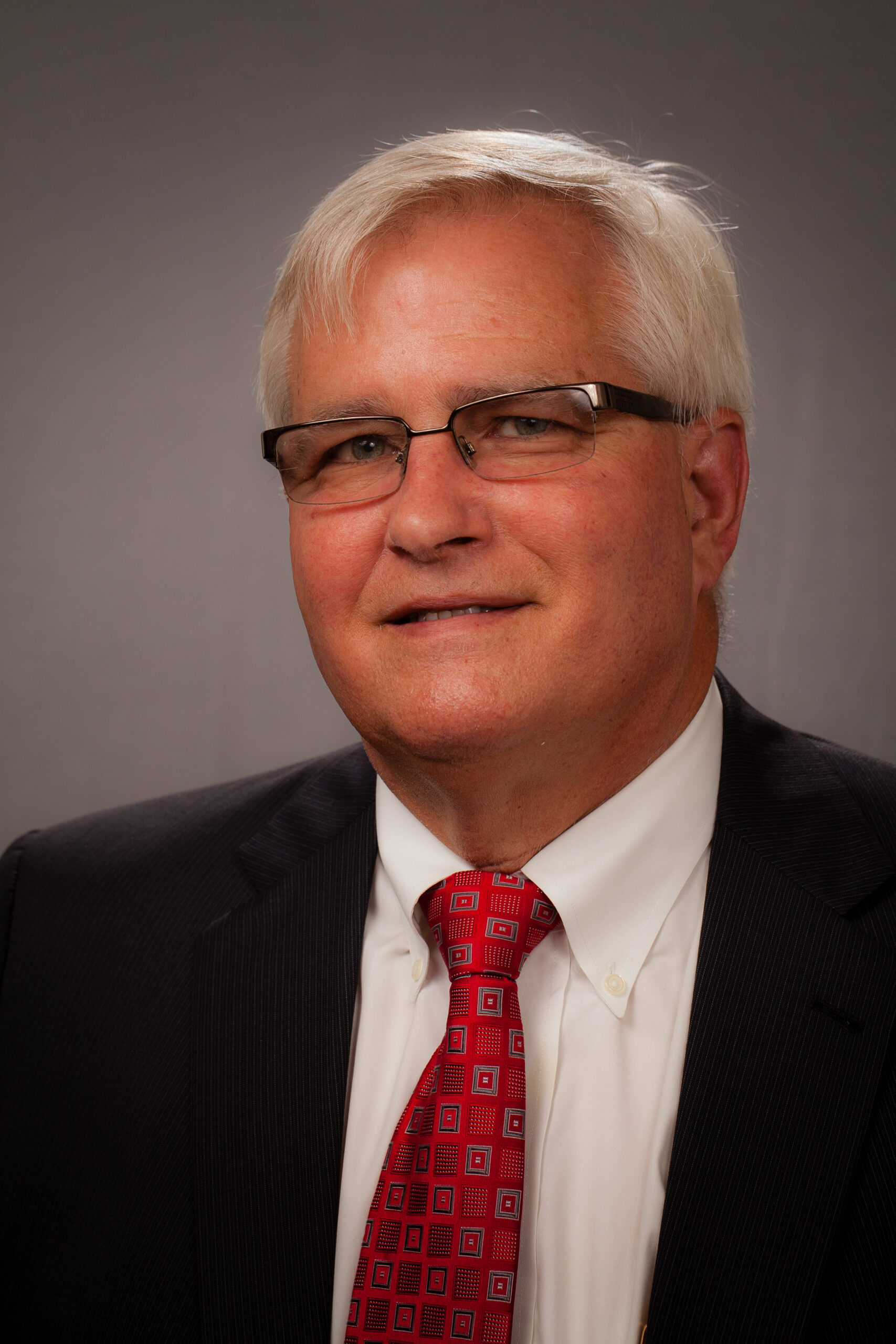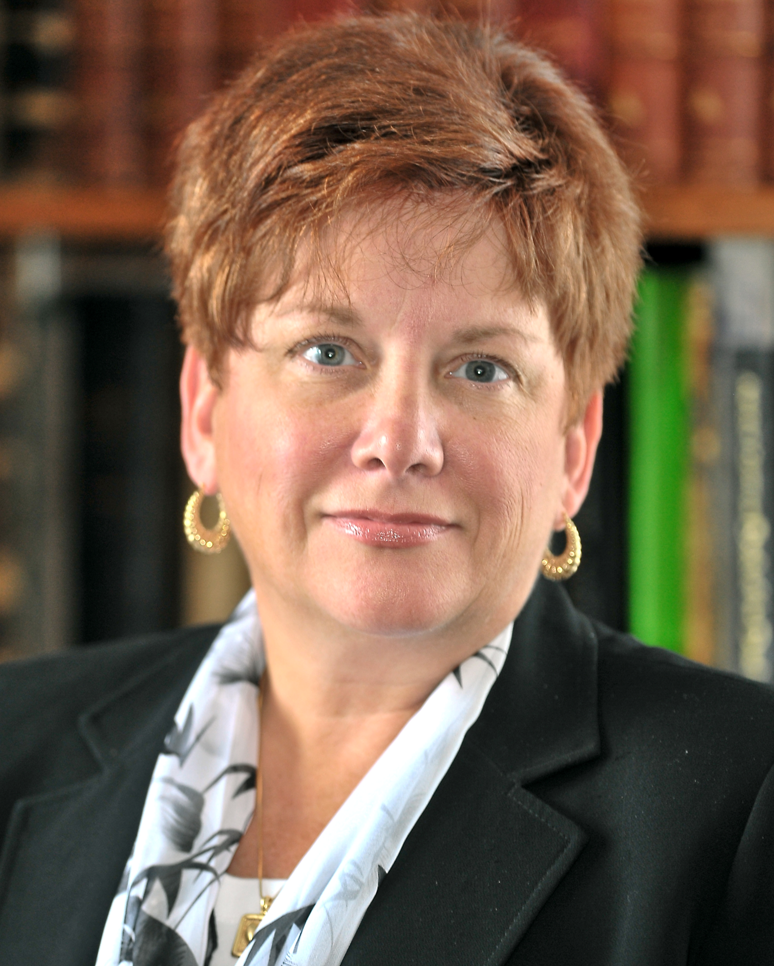Slip and fall accidents happen more often than most of us realize and can lead to serious injuries or worse. Falls can occur anywhere in a grocery store, workplace, or on a sidewalk, and have long-term effects.
You may need a slip and fall lawyer when your accident results in serious injuries, medical expenses, lost wages, or long-term complications. If the fall happened due to a property owner’s negligence—such as wet floors, poor lighting, or unsafe conditions—a lawyer can help determine if you have a valid claim.
Insurance companies will often try to minimize the severity of your injuries or deny compensation claims, which makes having qualified legal representation an important step toward getting a fair settlement.
Common Causes of Slip and Fall Accidents
In the U.S., millions are hurt in slip and fall accidents yearly. According to the National Floor Safety Institute (NFSI), over one million emergency room visits annually result from slips and falls.
Some of the most common causes of these accidents include:
Wet or Slippery Floors
One of the main causes of slip and fall accidents is wet or slippery surfaces. Spilled liquids in grocery stores, freshly mopped floors in office buildings, or icy sidewalks in the winter can all create hazardous conditions.
Owners of businesses and properties are responsible for maintaining safe walking surfaces, which includes cleaning up spills promptly and using warning signs when floors are wet.
Uneven Flooring and Sidewalks
Trying to walk on uneven surfaces can increase the likelihood of tripping and falling. Cracked sidewalks, loose floorboards, or worn-out carpeting can cause unexpected accidents. In public places, like shopping centers or office buildings, it is crucial to ensure that floors are even and cleared of any possible hazards.
Property owners should regularly inspect walkways and repair uneven surfaces to prevent injuries.
Poor Lighting
Insufficient or broken lighting can make it hard to see potential hazards in your path. Dimly lit stairwells, parking lots, and hallways increase the chances of suffering slips and falls.
Proper lighting in residential and commercial properties is another essential for safety. Installing bright and energy-efficient lighting can significantly reduce the risk of falls, especially in high-traffic areas.
Cluttered Walkways
Obstacles in walkways can create dangerous conditions. Boxes, power cords, or loose rugs left lying around can lead to a trip. Workplaces and public spaces should be kept clear of unnecessary clutter, and any objects that must remain in walkways should be properly secured.
Routine housekeeping and organization can help minimize trip hazards.
Weather Conditions
Rain, snow, and ice create hazardous conditions for pedestrians. Sidewalks, parking lots, and building entrances can become dangerously slick, increasing the risk of a slip and fall.
Property owners should take steps to reduce weather-related hazards, such as applying salt to icy surfaces, installing slip-resistant mats at entrances, and ensuring that drainage systems work properly to prevent water buildup.
Improper Footwear
Wearing the wrong type of shoes can also lead to slip and fall accidents. High heels, worn-out soles, or shoes with little traction increase the likelihood of slipping. People who work in environments with slick surfaces should wear footwear with non-slip soles.
Employers can help prevent workplace falls by requiring workers to wear footwear that’s appropriate for the conditions.
Lack of Handrails
Stairs and ramps that don’t have proper handrails can pose a significant risk for falls. Handrails provide stability and support, especially for elderly individuals or those with mobility issues.
Buildings should have secure, well-maintained handrails along staircases, ramps, and in elevators to help prevent falls. Property managers must ensure that all handrails are properly installed and kept in good condition.
Unmarked Hazards
When there is a sudden change in flooring, an unexpected step, or a construction zone, warning signs should be posted to alert pedestrians. Without clear signage, people may not recognize danger in time to avoid a fall. Businesses and property owners should use caution signs, barriers, and other safety measures to warn visitors of potential risks.
Workplace Hazards
Employees in certain industries have a higher risk of slip and fall accidents. Construction, restaurant, and factory workers often navigate slippery floors, cluttered areas, and busy, crowded environments.
Employers should provide proper training, enforce safety protocols, and encourage employees to report hazards to reduce workplace injuries.
Medical Conditions and Age-Related Factors
Some people are more vulnerable to slip and fall accidents due to medical conditions or age-related factors. Seniors are at greater risk due to balance issues, vision difficulties, and weaker muscles.
People who suffer from conditions like vertigo or neuropathy may also struggle with stability.
Proper precautions, such as grab bars in bathrooms, non-slip flooring, and routine health check-ups, can help reduce the likelihood of falls for those at higher risk.
Having regular inspections, promptly cleaning up spills, keeping walkways clear, maintaining proper lighting, and wearing slip-resistant footwear all contribute to a safer environment. When property owners or employers neglect these responsibilities, they could be found liable for injuries that result from related accidents.
These injuries can have serious consequences, leading to medical expenses, lost wages, and long-term health issues. If you’ve been injured in one of these situations, our experienced attorneys at Forbes Law Offices can help.
By understanding the common causes and taking preventive measures, you can reduce the risk of these accidents and protect your rights if they do.

